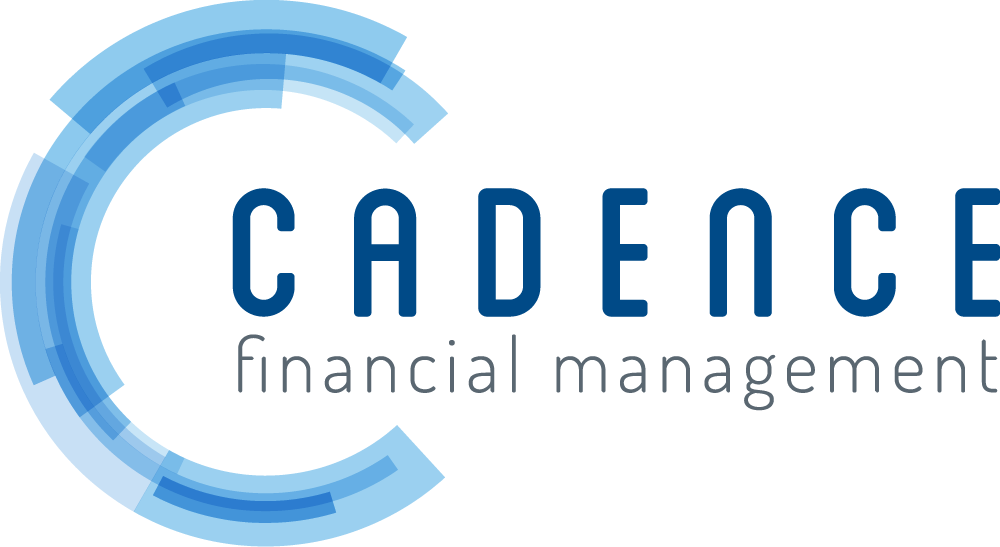Navigating Higher Fees and Opportunities for Smaller 401(k) Plans
Although the costs of retirement benefits have generally decreased due to fee compression, smaller plans are still at a disadvantage. Smaller plans pay more per participant due to fixed costs, while larger plans benefit from economies of scale even with greater total costs.
The 2024 edition of the "401(k) Averages Book" states that total bundled charges, which include investing, recordkeeping, and administration fees, average 4.16% for plans with 10 members and $100,000 in assets, compared with 1.62% for plans with 500 participants and $5 million in assets.
Mark Alley, national market president from Alerus states “If you have a small plan with 10 or 20 employees, you still have to do the testing and all that… It doesn’t take much more to test a large plan than a small plan.”
Providers might also be more inclined to reduce variable costs for larger plans, or for plans with higher balances and fewer participants since they perceive a higher chance of cross-selling and other sources of revenue. Of course, small firms also have additional options, like SEP individual retirement accounts and SIMPLE 401(k) plans. The employer's setup of those programs is free at some providers. However, interpreting the intricate details of fees might be difficult for smaller companies that might not have an advisor.
The vice president of small business retirement products at Fidelity, Roger Morrissette, said, “We see general confusion, and folks are overwhelmed because there are a number of different options available.” To help combat this issue, Fidelity created a “Plan Selector” tool that allows employers to understand the difference between their plan options better.
Experts say that for plan sponsors considering a 401(k), the SECURE 2.0 Act of 2022 and the Setting Every Community Up for Retirement Enhancement Act of 2019 have helped lower the cost burden through support for pooled employer plans, which enable even smaller employers to benefit from economies of scale while also outsourcing part of the fiduciary risk and time needed to run a plan, as well as tax credits for new plans. Employers with fewer than 100 workers are eligible for a tax credit of up to $5,000 for the first three years of a new plan. An extra $500 is required to set up automatic enrollment, and each employee receives a $1,000 credit for matching contributions made to non-highly compensated workers.
The Standard’s assistant vice president of retirement plan services, Ted Schmelzle, says “Some of the more successful PEPs are leveraging that tax credit to allow small employers to maybe start up a plan with no cost at all.” Higher plan participant fees for small plans reduce savings further, but experts point out that these costs are still insignificant when considering the post-tax savings and possible long-term gains from investing in the plan. Sean Jordan, head of small- and mid-market segments at Principal Financial Group explains, “You’re talking about investment growth of multiple, full percentage points and fees that are basis points… They’re different scales.”
In addition to extra incentives to save in a workplace plan despite costs, individuals can further offset costs with any employer match. According to Joe Valletta, the principal owner of HR Investment Consultants and co-author of the "401k Averages Book," "participants can get things from a plan, such as the possibility to take a loan or make a hardship withdrawal: That might not be available in an if that's the alternative."
Another argument in favor of plan membership despite increased fees is that over time, the plan's cost should begin to decrease as participant assets and the plan both rise, particularly in a rapidly growing PEP. So even if the tax benefits don’t pan out in the first year, they will eventually increase in savings.
Sources:
https://www.plansponsor.com/smaller-plans-larger-costs/
This material was created to provide accurate and reliable information on the subjects covered but should not be regarded as a complete analysis of these subjects. It is not intended to provide specific legal, tax or other professional advice. The services of an appropriate professional should be sought regarding your individual situation. The material presented was created by RPAG. Securities, investment advisory, and financial planning services offered through qualified registered representatives of MML Investors Services, LLC. Member SIPC (www.sipc.com). Supervisory Office: 16 Campus Blvd, Newtown Square, PA 19073. Cadence Financial Management, LLC is not a subsidiary or affiliate of MML Investors Services, LLC or its affiliated companies. ACR# 7012847 09/24
